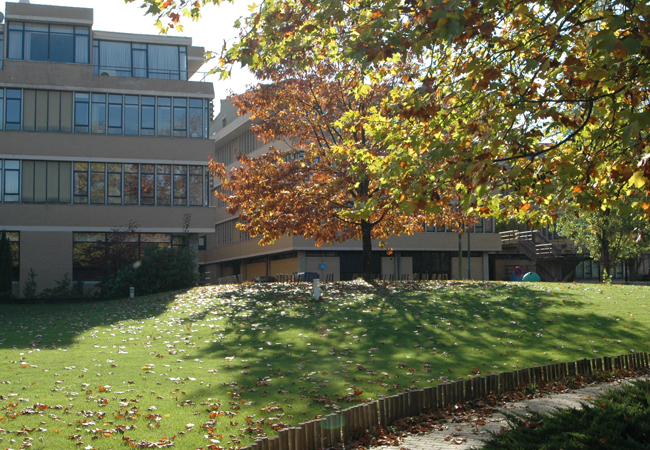Introductory Course on Sports Biomechanics and Applications

INTRODUCTION
Sports biomechanics is a diverse interdisciplinary field, with branches in Physical Anthropology, Orthopedics, Bioengineering and Human Performance. The general role of Sports Biomechanics is to understand the mechanical cause-effect relationships that determine the motions of sportsmen in particular. Sports biomechanics contributes to the description, explanation, and prediction of the mechanical aspects of human exercise, sport and play. Sports biomechanics applies the laws of mechanics and physics to human performance, in order to gain a greater understanding of performance in athletic events through modeling, simulation and measurement. The sports performance realms include the conventional areas of sports and exercise, and also field of fundamental motor skills and other highly specialized human movements. It is necessary to have a good understanding of the application of physics to sport, as physical principles such as motion, resistance, momentum and friction play a part in most sporting events. The scientific field of sports biomechanics sets out to generate and distribute knowledge to improve human performance and reduce the incidence of injury. The emphasis is on the practical implications and applications of research, it seeks to benefit practitioners, especially scientists, coaches, clinicians, teachers, and participants. This field of study lays emphasis on a broad biomechanical spectrum of human performance which includes: technique, skill acquisition, training, strength and conditioning, exercise, coaching, teaching, equipment, modeling and simulation, measurement, and injury prevention and rehabilitation.
ECTS
4 ECTS
EVALUATION
There are two weeks for Evaluation purpose. For evaluation the trainees will be divided equally among all the Training Instructors to distribute the work load of evaluation equally and also open the scope for trainees to opt for particular topic as an assignment for evaluation purpose.
TRAINERS
Abel Rouboa, Phd (UTAD)
Daniel Marinho, PhD (UBI)
Ronaldo Gabriel, PhD (UTAD)
Aurélio Faria, Phd (UBI)
Tiago Barbosa, PhD (IPB)
Vishveswar Mantha, PhD (CIDESD/ UTAD)
PROGRAM
UNIT 1: FLUID DYNAMICS AND FLUID-STRUCTURE INTERACTION IN SPORT
- Fluid parameters (pressure, Drag and Lift coefficient, velocity, viscosity etc …)
- Fluid dynamic : simple approach (Bernoulli equations, head loss).
- Differential formulation of Fluid Dynamics (Navier-Stokes, Euler)
- Numerical Methods
- Applications
>
UNIT 2: APPLYING CFD TO SWIMMING RESEARCH
- Computational fluid dynamics
- Applications of Computational fluid dynamics
>
UNIT 3: BIOMECHANICS OF THE MUSCULOSKELETAL SYSTEM – EMPHASIS ON ANKLE/FOOT BEHAVIOR
- Assessments Based On Plantar Pressure
- Theory and Applications Of Ankle Stability
>
UNIT 4: DETERMINISTIC AND CONFIRMATORY MODELS FOR BIO-MECHANICAL EVALUATION
- Types of research
- Deterministic models
- Confirmatory models
>
UNIT 5: HEAT AND MASS TRANSFER EFFECTS IN BIO-MECHANICS APPLIED TO SPORTS
- Heat and Mass Transfer concepts applied to sport
- Basic Heat and Mass Transfer concepts
- Differential formulation of Heat and Mass Transfer equations
- Numerical Methods
- Applications
FEES
200 €
REGISTRATION
To perform the registration shoul send the inscription form to gform@utad.pt